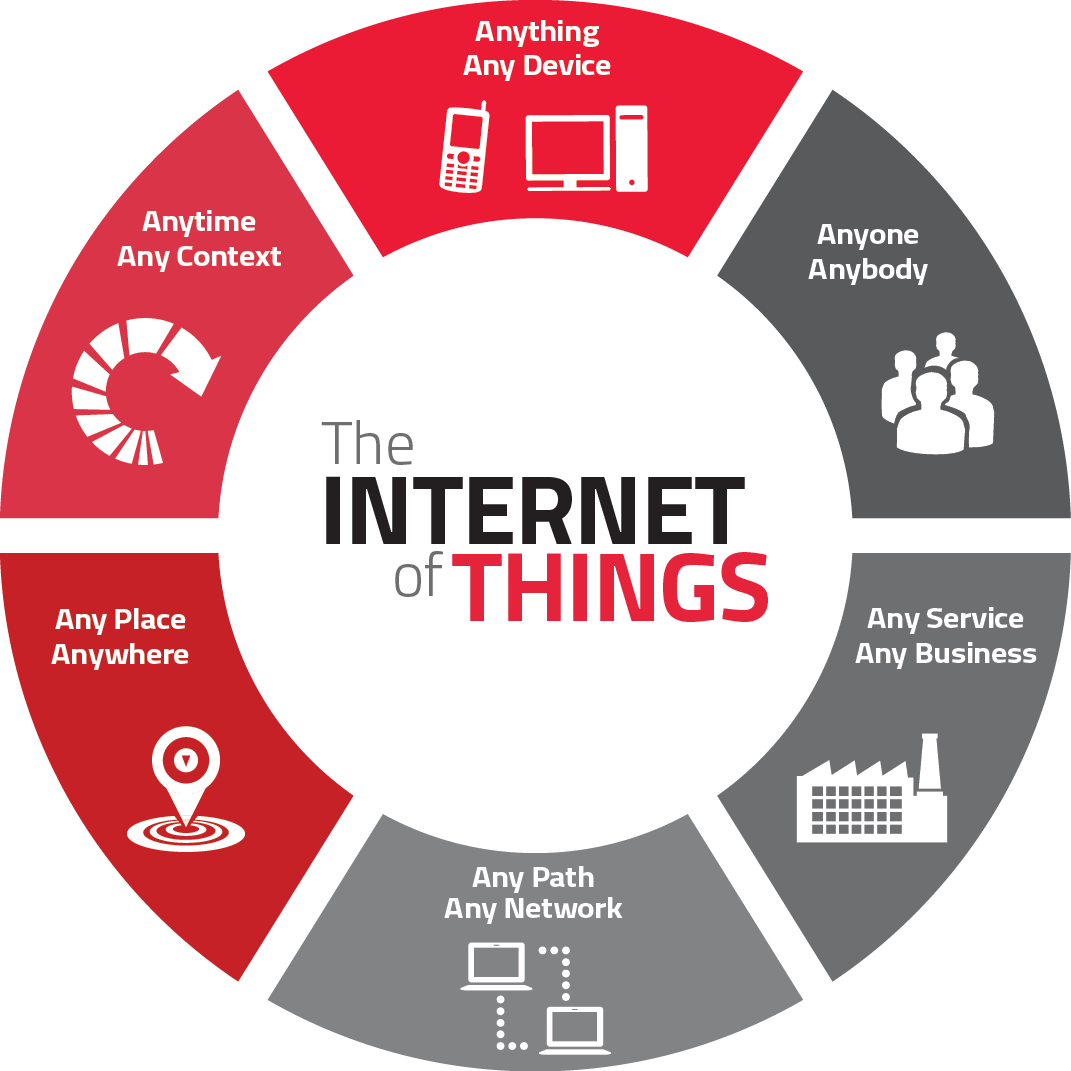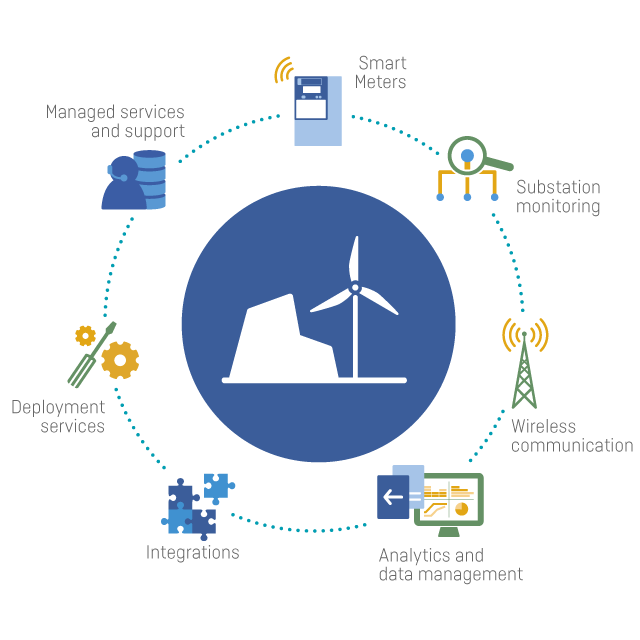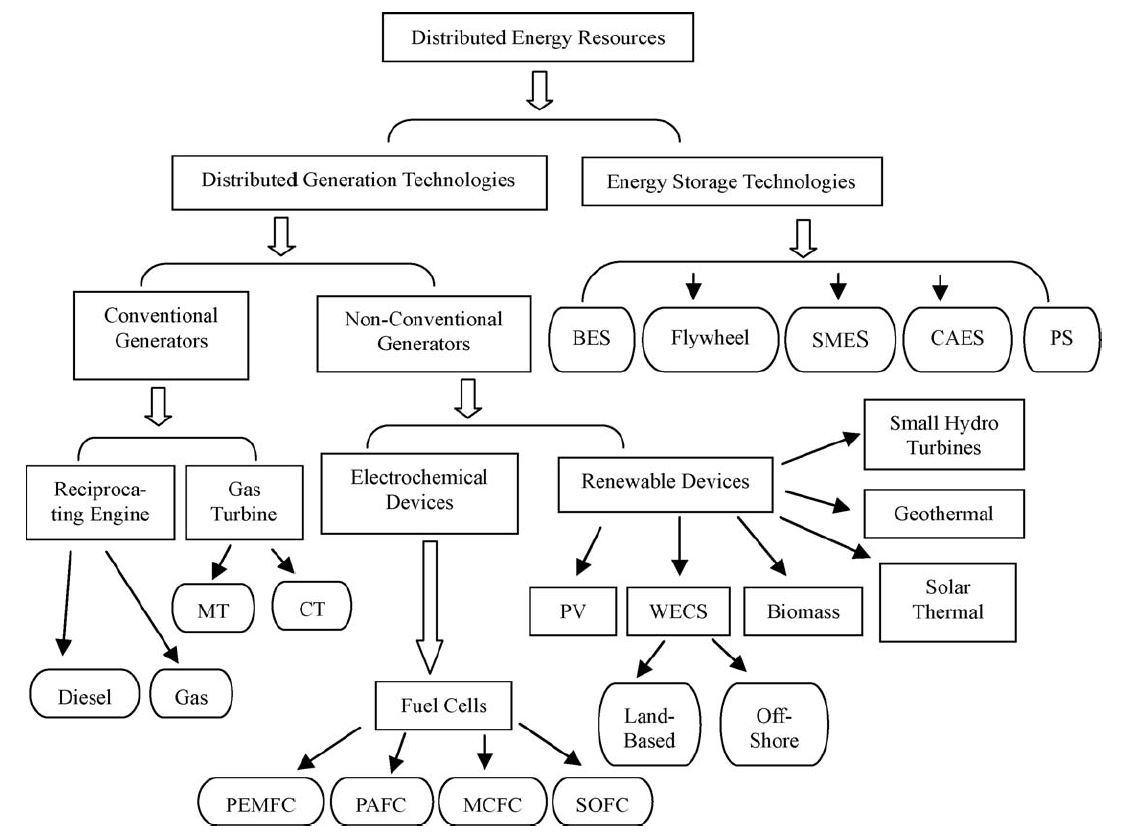Smart grid
3.1 Introduction
In the City of the Future, the smart grid is a form of digital technology that enables two-way communication between customer and utility through the energy transmission lines [24]. Similar to the way the internet works, the Smart Grid is made up of interconnected equipment, automated technologies and computers that interact on the electrical grid to adapt and respond to the demands in energy [24].
Increasing energy efficiency and accelerating renewable energy production represents one of the top priorities for people and organisations around the world [25]–[28]. In order to achieve this goal, the implementation of Smart Grid systems plays an important role as they do not necessarily involve the replacement of the existing network, but it combines hardware and software elements to significantly improve the way the current system is operating while also offering the possibility of further upgrading [29]–[32].
Smart Grids can provide electricity using digital technology and can also integrate renewable energy giving the possibility to the consumers to reduce their consumption during peak hours by adapting the amount taken from the network to personal needs [25], [29]. Therefore, Smart Grid technology can revolutionize the industry by lowering power consumption by up to 30%, which also reduces the need to build new power plants [33].
As the fossil fuels are harmful to the environment by polluting not only the air, but also the soil, water, vegetation and buildings, renewable energy sources such as solar and wind energy are used more and more nowadays as they are environmentally friendly in comparison with the conventional energy sources [34]. However, because renewable energy sources are intermittent, Smart Grids are essential due to their flexibility, compatibility with the existing infrastructure, as well as safety and high efficiency [33].
The implementation of Smart Grid systems plays an important role as they do not necessarily involve the replacement of the existing network, but it combines hardware and software elements to significantly improve the way the current system is operating while also offering the possibility of further upgrading [29]–[32].

3.2 Internet of Things
The Internet of Things (IoT), is a recent paradigm that refers to the billions of physical objects linked to the internet that collect and exchanging data all over the world [35]. The goal of the Internet of Things is to have everyday objects equipped with microcontrollers and transmitters that will enable them to communicate with each other and with the user [36], [37].
In the City of the Future, the Internet of Things can to optimize the administration of conventional public services such as transportation and parking, upkeep of public spaces, sanitation and safety [37]. Also, the Internet of Things can be used to establish new services, improve governmental transparency and raise citizen awareness of the state of their city [38].
The Internet of Things can bring benefits on three main impact areas [39]:
- Transport,
- Citizens,
- Services.
When designing the architecture for the Internet of Things in the City of the Future, there are two main approaches [40]:
- Evolutionary approach,
- Clean-slate approach.
The evolutionary approach refers to making modifications to the current network and reuse as many elements as it is possible from the existing systems. The clean-slate approach, however, refers to the creation and total reconfiguration of the network without regard for the existing structure. [39]

Source: http://comtech2.com/internet-of-things/
3.3 Transition to Smart Grid
The city of the Future is built on top of multiple pillars that have a crucial role in the transition towards a sustainable urban lifestyle, namely governance, transportation, economy and energy [41].
Crating a smart City of the Future is natural outcome that arises from the Smart Grid, the energy infrastructure being system being one of the most important components that help a city be sustainable and create a cleaner environment for its residents [41]–[43].

Source: https://en.wikipedia.org/wiki/Smart_grid
3.4 Microgrids
Microgrids are a form of decentralized and self-sufficient energy systems that supports a relatively small area, such as a neighbourhoods, hospital complexes and campuses [44], [45]. Microgrids are powered by one or more types of distributed energy, such as wind and solar generators in combination with energy storage facilities [45].
Traditional grids move electricity form a central point across large distances via transmission and distribution lines which can lead to a loss of power between 8 and 15% [45]. Microgrids, on the other hand, avoid this waste of energy by generating electricity close to the consumers. Also, microgrids are able to disconnect from the main grid and run independently. This enables them to continue to provide electricity to their consumers in the event of a power loss caused by natural disasters [45]. Furthermore, microgrids have advanced system controllers that supervise and manage all individual parts such as generators and batteries [45], [46].
One of the most important characteristics of a microgrid is flexibility. This refers to the fact that – through the advanced system controllers – it can handle the addition of new elements such as extra consumers, generation or storage units, without losing system reliability [31], [43], [47].

Source: https://microgrid-symposiums.org/wp-content/uploads/2019/07/Americas1-X_Dobriansky_20190727.pdf
3.5 Energy optimization
Energy optimization refers to how is the energy used in order to optimize advantages for people and the environment.
When the electricity system was built, reliability was guaranteed by excess system capacity and having energy flow in one direction from power plants to consumer [48]. Nowadays, however, the increase in population and energy demand resulted in an unstable and inefficient system [49].
This is why, in the City of the Future, effective real-time administration and monitoring of the grid is required. This can be achieved via the following mechanisms and technologies [48]:
- Smart metering
- Smart appliances
- Demand side response
- Dynamic real-time pricing
- Efficient management of energy sources (conventional and renewable)
- Efficient management of excess power
Smart Grids can be efficiently used by coordinating the appliances used by each household, as well as managing the peak loads [50]. A way to do that is by implementing sensor networks able to communicate to each other at all times together with an ICT power management algorithm, able to control and monitor many types of energy networks such as the web-based Smart Grid (or Smart Grid 2.0) [51]. The use of interconnected sensor networks leads to the Internet of Energy concept where the grid is considered a data communication network consisting of Home areas, Neighbourhood areas and Wide areas networks [52].

Source: https://www.kamstrup.com/en-en/electricity-solutions
3.6 Distributed energy resources
Distributed energy resources are directly linked to low and medium voltage power generation networks and it contains power generation units, as well as energy storage technologies [53]. They are a cost-effective alternative to large power plants and high-voltage transmission lines, as they offer energy independence, high energy efficiency and increased system reliability [54].
Distributed energy systems offer flexibility, proximity, and networking capacity in order to meet the challenge of sustainable development. The scalability and capacity to use diverse energy conversion technologies and fuels are also linked to the flexibility of distributed energy systems [55].
The four main benefits of having distributed energy resources are as follows [53]:
- Higher energy efficiency
- Reduction of greenhouse gas emissions
- Minimization of health risks
- Conservation of resources

Source: https://www.sciencedirect.com/science/article/abs/pii/S1364032109002561

 Deutsch
Deutsch Español
Español Italiano
Italiano Nederlands
Nederlands Polski
Polski Română
Română